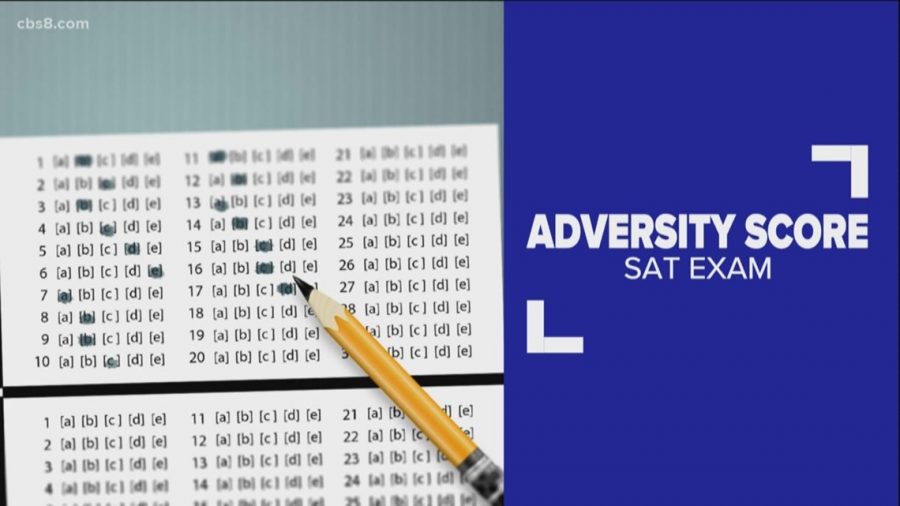The New SAT Adversity Score
The College Board, with all good intentions, decided to “level the playing field” in the college application process by creating a new scorecard. Every applicant will be given a rating based not on their academic or extracurricular activities, but based on the address of the applicant and the socioeconomic status of the parent or guardian. Titled the “Adversity Score,” this system is measured from 1 to 100 points, with scores higher than 50 indicating greater hardship for the applicant, and lower scores, a sign of increasing privilege. The scoring is based on 15 factors, all having nothing to do with the student from an academic standpoint. For example, if you live in a high crime area, you get extra points. If you display a low income, add another point. The applicant will have no knowledge of this score produced by this new system, and therefore, have no means to defend his or her application. It appears that if you live on the Upper East Side, in a comfortable home, in an area of low crime, with parents who support your education, and you attend all your classes in your dual curriculum, contribute to your team, club or journals, all this will count against you.
Somehow, to me, this does not appear to be leveling the playing field, but appears to be removing the playing field, making up a whole new game with new rules. The playing field has changed from the classroom to the neighborhood and the socioeconomic environment of the parents. The “players” in the game, the students, are marginalized. The goal of the original standardized test was actually designed to level the playing field by being a colorblind, pluralistic, objective test regardless of heredity, neighborhood, and social status. It now appears that the new rules are actually creating a bias. Ramaz college advisor Dr. Honig feels that the traditional standard of a quality well rounded student “who plays the cello; students who sing opera, who are great debaters and great writers, the list goes on and on…” is still what the colleges want and the quality of the Ramaz applicant remains the prototype.
If the College Board feels that the testing does not reflect the acquired knowledge necessary to attend college, then the test should be changed or the curriculum changed. Ultimately, the student should be fully prepared to matriculate as a student of his or her intended college without the benefit of an assist from the Adversity Score. The system is unfair to the hardworking student who is “branded” by their parents choice of school and neighborhood. The merits of the individual student should be evaluated on an individual basis without consideration of the social hardship and the challenges of the applicants community. No one is denying that students from underprivileged areas deserve a shot at getting into college. But, the educational process should allow for this early on in their education by improving their classes, schools and perhaps, singling out certain students with extra academic support.

Samantha is a passionate journalist and loves writing for The Rampage because it is a window into the life of the student body that honestly reports true...



